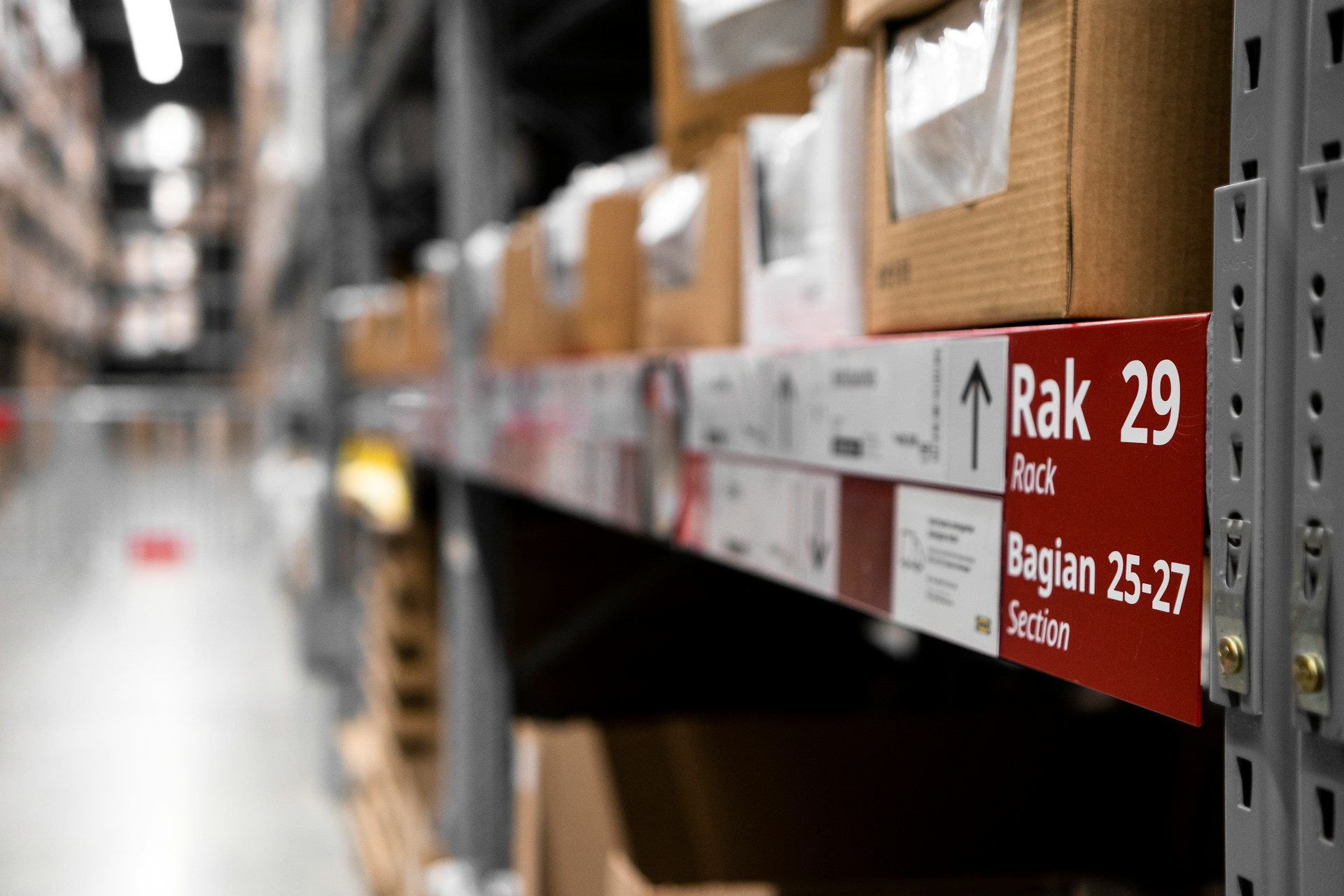If you run an online store, returns are just part of the reality. No matter how good your products are, some customers will want to send things back. What really matters is how simple that process feels. When it is clear and easy, people leave with more trust in your brand and are more likely to order again.
Returns can cut into profits, but a good system makes them easier to manage. Simple rules, clear communication, and fair treatment can turn returns into something that works in your favor. Instead of just being a cost, they can show customers that you stand behind your products.
How Do Return Policies Shape the Success of Your Online Store?
The way you manage returns plays a big role in whether someone shops with you again. Since buyers cannot try products before they arrive, your return policy often becomes the trust factor that makes or breaks the purchase.
Look at what shoppers say.
- About 92% will buy again if the return process is easy.
- Nearly 80% expect free return shipping.
- More than 60% read the policy before they place an order.
Those numbers show how much weight customers put on this step. And if your terms are hidden, complicated, or filled with surprise costs, chances are you lose the sale before it even starts. A clear, upfront policy has the opposite effect. It reassures buyers and gives them confidence to move forward.
To make that happen, keep your terms visible, explain whether shipping costs are covered by you or the customer, and make sure people get updates when items are on the way back and when refunds are processed. When your process matches what shoppers expect, returns stop being a barrier and instead become one more reason to trust your brand.
How to Handle Ecommerce Returns: Strategies for Lowering Return Rates

1. Be Transparent with Customers
When someone shops online, they cannot touch or test the item, so what you show on the page becomes the only thing they trust. Clear descriptions, correct specs, and quality photos make it easier for them to know what they are getting. Adding size guides, comparison charts, or even a short video can also help answer the questions people usually have before buying.
Good practice that helps:
- Multiple product photos to reduce guesswork
- Size charts with actual measurements to cut down on fit-related returns
- Honest, simple descriptions to set clear expectations
The clearer your product pages are, the less likely customers are to be surprised when their order shows up.
2. Give People More Time to Return Things
When the return window is tight, shoppers feel like they have to rush a decision. That often means they just send the product back instead of sitting with it a bit longer. If you stretch that window out, say 60 days instead of 30, people relax. Most returns will still happen in the first few weeks, but the extra time makes them less likely to second-guess the purchase.
3. Check Products Before They Go Out
No matter how good your product description is, if what shows up at the door feels off, the item is coming back. Doing spot checks on shipments, testing durability, or just keeping tabs on defect numbers helps catch problems before they pile up. It saves you hassle later and shows customers you stand behind what you sell.
4. Track and Analyze Return Patterns
Every time something gets returned, it’s a chance to figure out what went wrong. Adding a quick survey in the return process with options like “too small,” “damaged,” or “not as described” gives you a clear picture of the issue.
When you start to see the same reason pop up, you know what to fix. Maybe that one shirt always fits bigger than expected, or a product keeps arriving with damage. Updating the size guide, tweaking the description, or talking with your supplier can cut those repeat problems down. Over time, this kind of feedback helps you fine-tune your listings and make better calls on what to keep in stock.
How to Handle Ecommerce Returns During the Holiday Season
1. Get Ahead of the Rush
Don’t wait until the holiday orders start piling up to think about returns. Make sure your return instructions are easy to spot on your site and written in clear, simple language. If you use a logistics partner, double-check how they handle things like prepaid labels, tracking, and product checks.
For items that need closer inspection, it can help to have returns shipped straight to you instead of your partner. That way you can quickly decide what gets restocked and what doesn’t, without any extra delays.
2. Offer a Longer Return Period
During the holidays, a short return window can be stressful for customers who shop early. Extending the deadline, like allowing returns through the end of January for November and December purchases, makes life easier for both the buyer and the gift recipient.
It also builds trust, encourages early shopping, and cuts down on customer complaints in January when lots of people are still making exchanges.
3. Set up a Gift Friendly Returns
Returns get complicated when gifts are involved. The person returning the item might not have a receipt, or they may not want the giver to know. A simple way to fix this is to let shoppers mark an order as a gift at checkout. That way, you can leave prices off the packing slip or include a gift receipt with instructions.
For these cases, store credit or a gift card usually works better than a refund. Just explain this clearly in your policy so there are no surprises later.
4. Streamline the Process with Automation
Post-holiday returns can pile up fast, and handling them by hand slows everything down. Automated systems can take care of labels, tracking, and refunds, cutting out a lot of manual work. For instance, ShipwithMina uses AI Pick & Pack technology to simplify DTC fulfillment.
Another good option is a self-service portal where customers can start a return themselves, track it, and see updates. It saves your support team time and makes the process smoother for shoppers.

How to Handle Ecommerce Returns by Building a Strong Return Policy through a 3PL
Rely on a 3PL
When orders pick up, returns can quickly overwhelm your own team. That’s when a third-party logistics partner (3PL) like ShipwithMina becomes useful. They have people trained specifically to handle returns by checking items, processing them, and keeping things moving so your staff is not buried in extra work.
A good 3PL usually adds in some helpful tools too, like prepaid labels, shipment tracking, and automatic updates to customers about their refunds. That cuts down on emails and back-and-forth with your support team.
If you sell apparel, returns can be even trickier. Clothes might need pressing, repackaging, or a closer inspection to make sure they’re still in good shape. In that case, it helps to pick a 3PL that already works with clothing, so standards stay high and your regular shipping doesn’t slow down.
Preparing for Busy Shopping Periods
When sales spike during the holidays or big promos, returns spike too. If your team tries to handle it all on their own, things can pile up fast. That’s where bringing in a 3PL helps since they’ve got the staff and systems to keep returns moving so customers aren’t waiting weeks for refunds.
The quicker and clearer the process is, the better your chances of keeping those shoppers. People remember if refunds take forever. By planning ahead and setting up support before the rush, you protect customer trust and make the busy season easier on your team.
Frequently Asked Questions About How to Handle Ecommerce Returns
1. Why do return policies matter so much in online shopping?
When people shop online, they can’t hold or test the product first. That means your return policy ends up being a big part of their decision to buy. If it’s clear and easy, most shoppers feel comfortable checking out. If it looks complicated or has hidden costs, many will just leave.
- 92% of shoppers buy again when returns are hassle-free
- More than 60% read the policy before buying anything
2. Should I offer free return shipping?
Free returns are pretty much what shoppers expect now. Charging for return shipping might save you money upfront, but it often costs you sales. The tricky part is balancing those expenses with the boost in customer trust and repeat business.
- 79% of shoppers expect free return shipping
- Extra sales can often make up for the cost
- Covering returns makes it easier to keep customers coming back
3. How quickly should refunds be processed?
Nobody likes waiting weeks to get their money back. Once shoppers send an item back, they usually expect that refund within a few days, not dragged out forever. A lot of people count five days as the cutoff before they get annoyed.
- Automate approvals if you can
- Work with payment providers that move money quickly
- Let customers know upfront how long it usually takes
4. How can I make my return policy easier to understand?
If your policy feels hidden or hard to understand, people hesitate to buy and your support inbox fills up with “what’s the process?” questions. Being upfront makes things easier for everyone.
- Put the policy somewhere obvious on your site
- Spell out who covers return shipping
- Send tracking updates and refund notifications so buyers aren’t left guessing
5. Do I really need a structured returns system?
When you’re handling just a few orders, you can wing it. But once sales grow, a messy return process turns into headaches fast. Having a proper system saves time, money, and stress.
- Printable labels and clear steps make returns painless
- Organized workflows keep costs down
- A consistent process builds trust and loyalty









